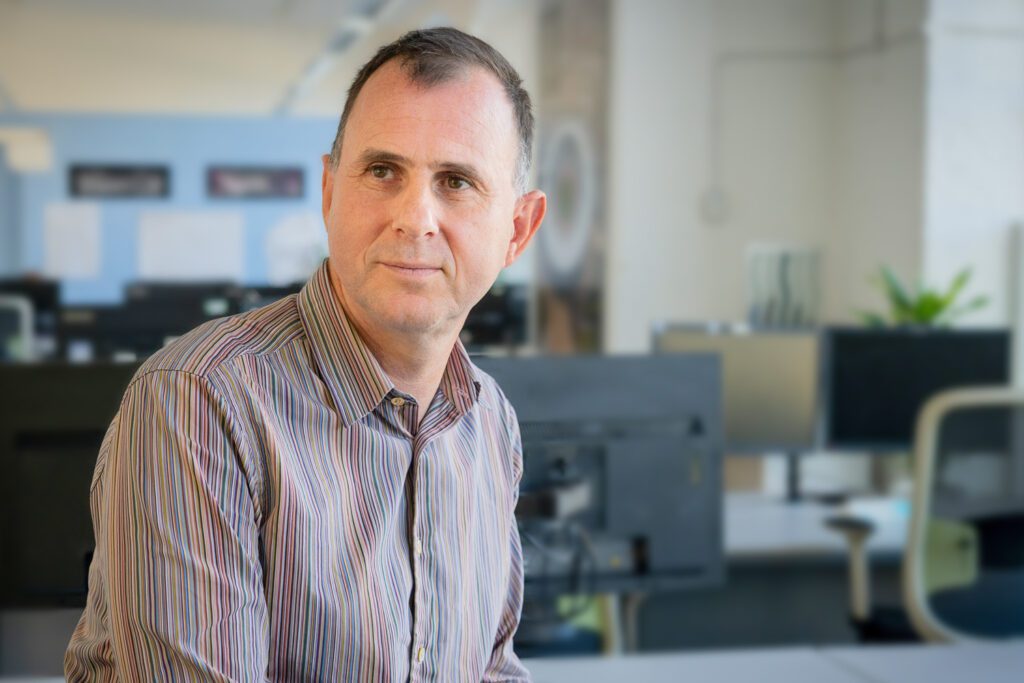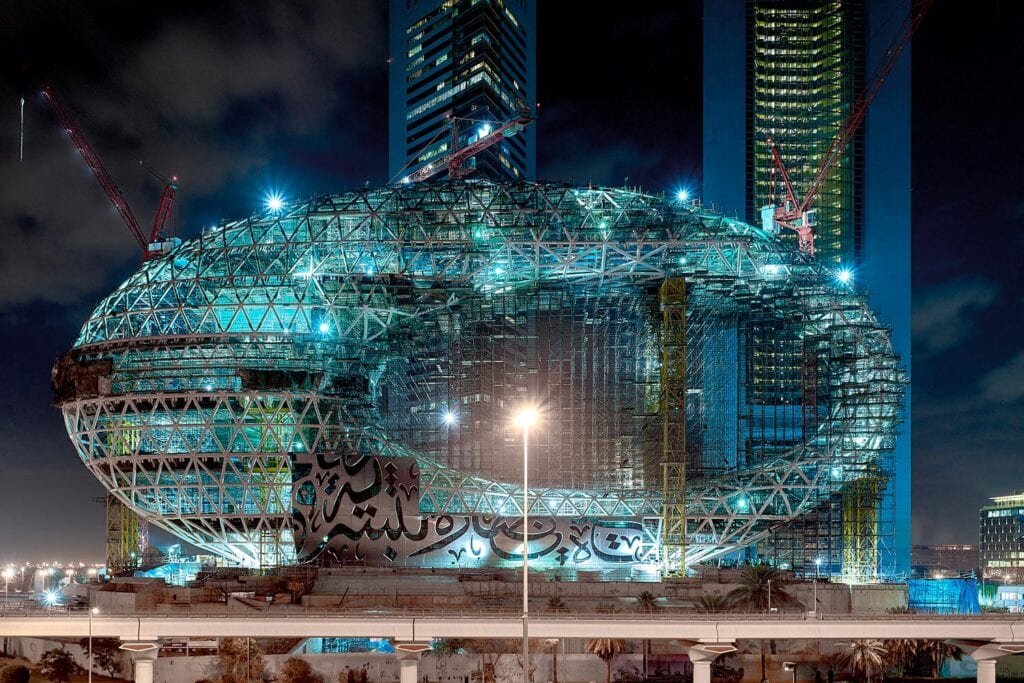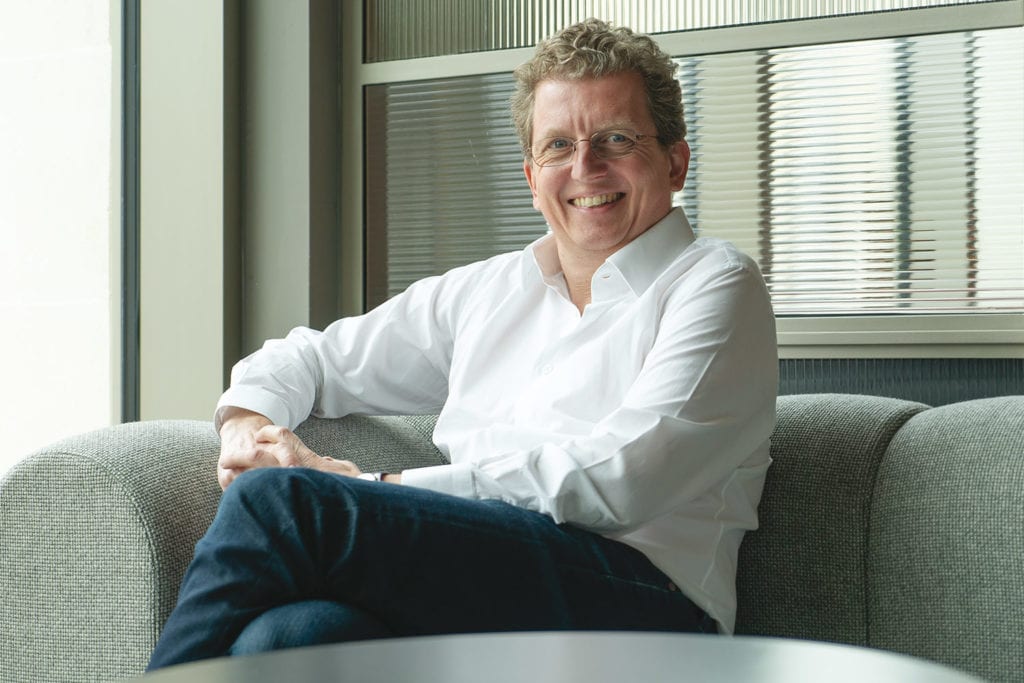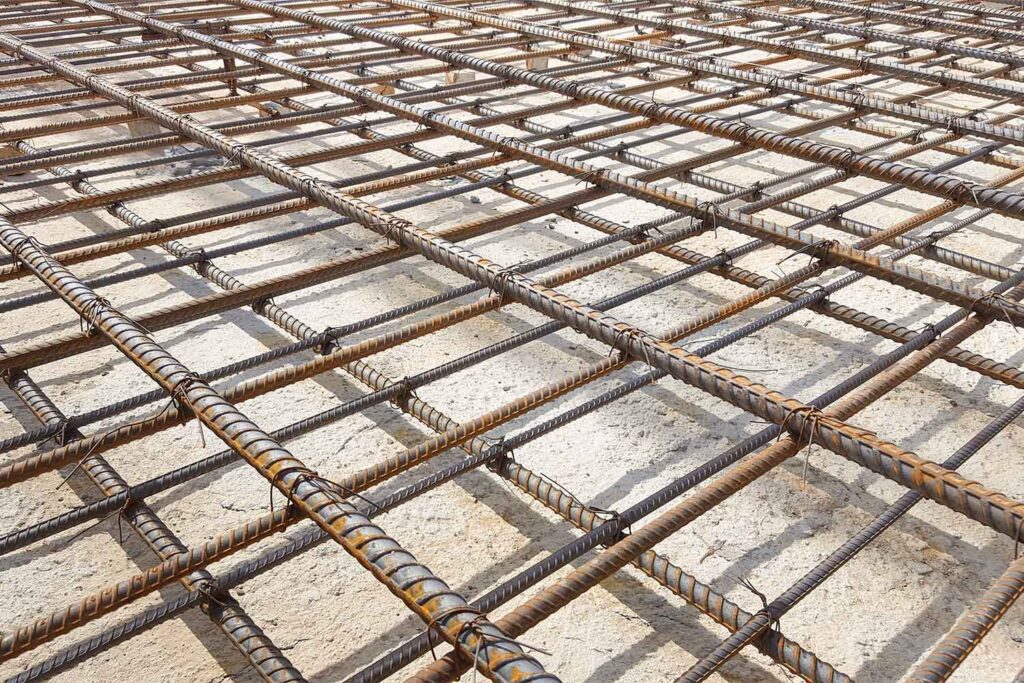A collaboration to drive a net zero construction industry
CREE Buildings, an international construction collective for regenerative building solutions, and Buro Happold aim to deepen their strategic collaboration to accelerate a global shift to net zero in construction.
After successfully completing the EDGE Suedkreuz in Berlin, Germany’s largest freestanding timber-hybrid construction, both Buro Happold and CREE Buildings are aligning their collaboration to accelerate the development of DFMA (Design for Manufacture and Assembly) – a crucial methodology for a more sustainable future of our industry.
While collaborating, both CREE Buildings and Buro Happold, will continue varied cooperation with other partners, granting ample space for the respective intellectual properties, external commercial relationships, or broader engagements.
Key targets of our collaboration
- Knowledge and skill sharing on the application of CREE’s timber hybrid building solution to various building typologies
- Increase the technical and commercial attractiveness of construction solutions
- Leverage inherent strengths and networks to speed up implementation of sustainable solutions
- Facilitating a shift to resource efficient and sustainable construction
Driving this collaboration forward, Buro Happold´s computational experts and engineers came together with CREE’s experts for a one-day hackathon. We spoke to Martin Elze, Associate Director at Buro Happold and Clemens Hehle-Koeb, Architectural Consultant at CREE Buildings, to get insights into this event.
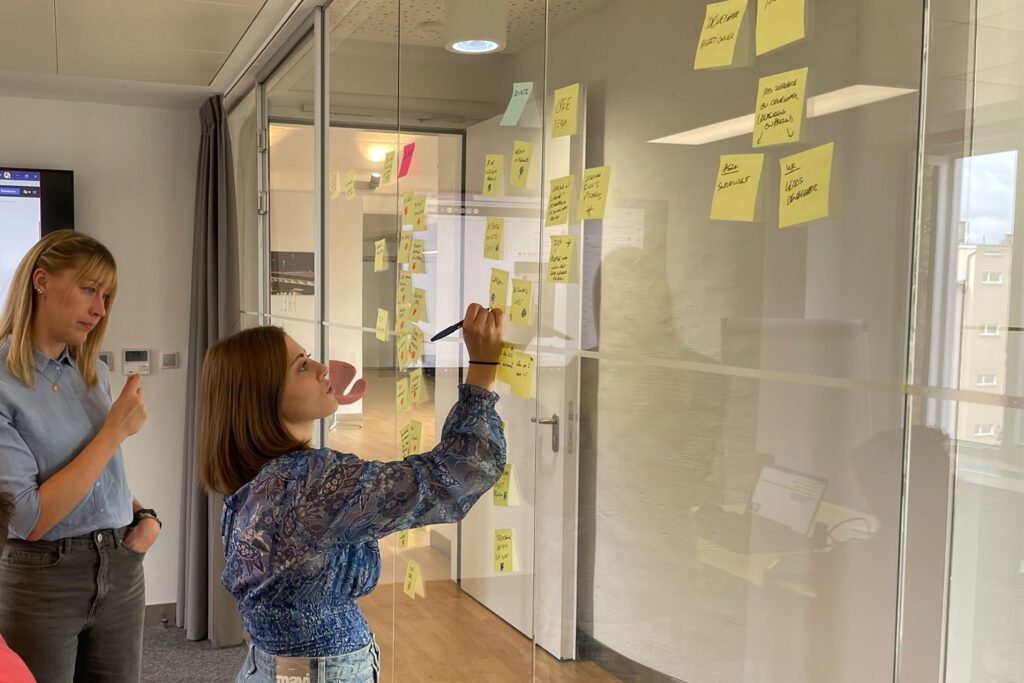
What was your aim for the hackathon?
Clemens: The hackathon was a discovery day for us, with one question in focus: how can we bring sustainable solutions to even more projects? Hence our aim was to team up and find out where we could optimise processes starting from design, to manufacturing and ultimately, to realising the project.
There is a different dynamic when we get together – “looking outside the box” helps to see what is possible. By leveraging technology and our expertise, we can create impactful opportunities to move forward with.
Martin: As a key tool to optimise processes, we started with defining the requirements for a rapid prototyping tool – a computational tool that can optimise the planning process with the CREE System.

How did you proceed to come up with these requirements for the rapid prototyping tool?
Martin: First, we discussed different scenarios for various target groups. The CREE team shared insights to their daily work in which they facilitate the application of the CREE System in new building projects. Based on this we identified required processes and data for in- and output. We then looked at the BHoM system and the possibilities to optimise for industrial prefab construction.
Clemens: Ultimately, the rapid prototyping tool shall help to apply the CREE System to any given footprint and return valuable data to determine feasibility, necessary materials, embodied carbon, assembly times, costs, etc. By bringing together the CREE know-how and the computational expertise of Buro Happold, we can find new ways to streamline processes, helping us and our clients to make more informed decisions, as easily and quickly as possible.

